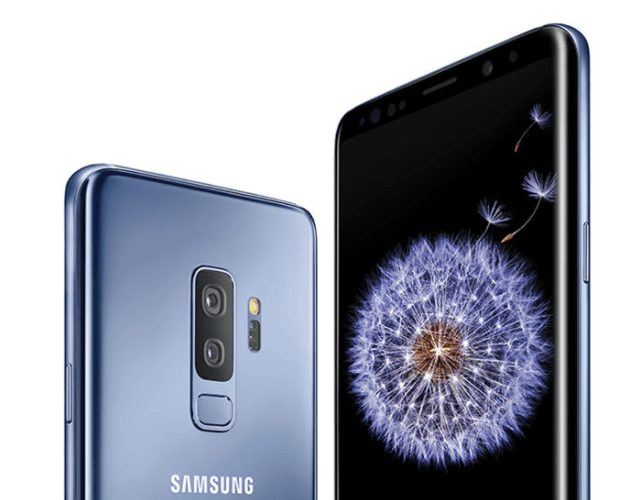The Galaxy S9 has been announced and is shipping in just a couple of weeks, but is it worth the upgrade over the Galaxy S8?
The majority of new flagships offer improvements over their predecessor, and the same can be said for the Galaxy S9. With improved power and notable tweaks to the camera functionality, it’s generally a clear upgrade in most cases. The question remains, however, whether or not there’s enough of an improvement with the Galaxy S9 to warrant the extra cost when compared to the Galaxy S8.
While the Galaxy S9 isn’t as expensive as flagships like the iPhone X, it is still a decent amount more expensive than its predecessor. With a retail price of $799.99 vs a discounted retail price for the Galaxy S8 of around $640, the difference in cost is not inconsequential. For those who need the latest and greatest when it comes time to upgrade, the Galaxy S9 generally pulls out ahead, but the Galaxy S8 still manages to keep up as a capable phone with impressive specifications that are still more than enough for most any task.
But what sets the Galaxy S9 apart? The truth is, they’re similar in a lot of ways.
Both phones have very similar designs, with the signature metal frame and curved glass panels on both the front and the back. Both phones are rated for dust and water resistance, ensuring that your expensive investment won’t be ruined if you happen to drop your phone in a puddle. Both phones have a fingerprint sensor on the rear of the phone due to the lack of bezels on the front, although the location has been moved from the right of the camera with the Galaxy S8 to under the camera on the Galaxy S9.
The Galaxy S9 is slightly larger, but not by a significant margin at 68.7 x 8.5mm vs the 68.1 x 8mm on the Galaxy S8. The bezels on the S9 are also slightly smaller, further moving the brand towards a phone with a front that is almost entirely made up of display.
As the phone has just released, you’ll have fewer color options with the Galaxy S9, with just Midnight Black, Coral Blue, and Lilac Purple available at launch, with the Galaxy S8 featuring Midnight Black, Orchid Grey, Arctic Silver, Coral Blue, Maple Gold, Rose Pink, and Burgundy Red. While not all of these shades are available in all regions, the Galaxy S8 does have more color options overall which may be a determining factor for some people.
As far as display goes, you won’t see any notable differences, with both phones featuring some of the best screens on the market. Samsung has long been known for their top-notch displays, and the Galaxy S8 and Galaxy S9 are no exception.
Where the Galaxy S9 does make significant improvements over its predecessor, with a Qualcomm Snapdragon 845 – the next generation upgrade of the Galaxy S8 with its Snapdragon 835. While the two devices have similar RAM and other technical specifications, the upgrade to the processor does make a significant difference in terms of speed. The Galaxy S8 is already equipped to handle pretty much anything you can throw at it, but with the changes to the Galaxy S9, the new generation is clearly the superior phone in terms of performance.
The Galaxy S9 also has the edge when it comes to data transmission, with support for Gigabit LTE – a serious upgrade over the Galaxy S8 when it comes to downloads using mobile data. While many mobile networks haven’t been upgraded to take advantage of this capability, Gigabit LTE is certainly the way of the future when it comes to mobile networks. The Galaxy S9 also ships with Android Oreo while the Galaxy S8 is still running Nougat, although this shouldn’t be a problem moving forward as the S8 will receive the update to Oreo sooner rather than later.
Perhaps the biggest disparity between the two phones is in the camera. The base Galaxy S9 still has a single sensor, but it adds in dual-aperture capabilities that make it the superior choice when taking photos in different lighting conditions. There’s a single lens on the back, but unlike the Galaxy S8, the S9 can cycle between f/2.4 for daylight scenes to f/1.5 for low-light shooting. The f/1.5 is actually the highest aperture ever present in a smartphone, which leads us to believe the photo quality with the S9 should be a significant improvement.
Overall, it’s clear that the Galaxy S9 is the superior phone. As the newest generation of the S line, it offers many improvements despite the fact that the web was disenchanted with the lack of new features. If the choice is between the Galaxy S8 and the Galaxy S9 and price isn’t a concern, we wholeheartedly recommend choosing the Galaxy S9 as the premier flagship from Samsung and the first entry into the new generation of high-end smartphones.












